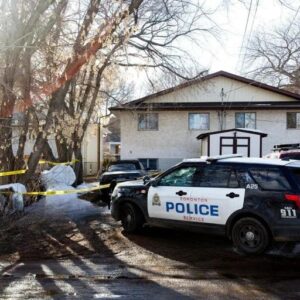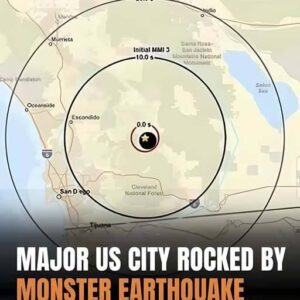Pope Francis passed away at the age of 88 at Domus Sanctae Marthae in Vatican City, according to Camerlengo Cardinal Kevin Farrell on Easter Monday morning (April 21).
He was the first Latin American pope, born in Buenos Aires, Argentina, and served as the head of the Catholic Church and sovereign of Vatican City State from March 13, 2013, until his death in 2025.
On Sunday, May 4, the Vatican observed its last day of mourning for Pope Francis. On Wednesday, the papal conclave will start choosing the next pope.
But according to a purported prophecy that Benedictine Arnold de Wyon found and published, Francis will be the final Pope and there won’t be a 113th.
This phenomenon is called The Prophecy of the Popes, a Latin mythology that, starting with Celestine II, who was elected pope in 1143, contains 112 brief, enigmatic sentences that are said to foretell popes.
Irish Saint Malachy, a former Archbishop of Armagh who lived in the 12th century, was credited with writing The Prophecy of the Popes, which was published in 1595.
The lengthy list, which starts in the 1100s and finishes after 112 popes, is believed to authentically depict the chosen leaders of the church until about 1590.
Some conspiracy theorists have read the list in light of Pope Francis’ passing, assuming that no pope will be chosen at the next conclave.
Others think that a pope will be chosen, the first in a millennium, which was not predicted by St. Malachy.
Fr. James Weiss, an Episcopal priest and Boston College professor of church history, told USA Today that he thinks the apocalypse prophesy is a “forgery.”
The majority of the examples portraying alleged popes after 1590 are “hit and miss,” he told the publication, with some examples being more extreme than others.

A brief passage in The Prophecy of the Popes referred to the 112th pope as “Peter the Roman,” which some have interpreted as a prophecy of the end of the world or the “second coming” of Jesus.
According to the journal, the paragraph talks about a “dreadful judge” and the destruction of the “city of seven hills,” which is believed to represent Rome.
“In the final persecution of the Holy Roman Church, there will reign Peter the Roman, who will feed his flock amid many tribulations, after which the seven-hilled city will be destroyed and the dreadful Judge will judge the people,” it reads. “The End.”
Weiss went on to say that the paragraph’s widely held doomsday meaning might be completely incorrect.
Rather, he said, it might allude to a non-apocalyptic incident and possibly a country’s leader’s judgement.

Taking his papal name from Francis of Assisi, Pope Francis is the 266th pope in Vatican history and the 101st pope the Church has recognised since Malachy’s lifetime.
However, Weiss asserts that because the Catholic Church formerly had several leaders claiming to be hope at the same time, some people think Francis is the 112th and last pope.
“Believers in Malachy’s prophecy include in the count a few of those antipopes – figures not formally recognized by the Vatican,” USA Today writes.
Whether you think there will be another pope or not, qualifying cardinals will vote in a formal conclave that will start this week in Rome’s Sistine Chapel.
They will continue to meet until the next pope is chosen, and Pietro Parolin, Peter Erdo, Jean-Marc Aveline, and Pierbattista Pizzaballa are among the leading contenders in an uncertain process.
A tiny chimney on top of the Sistine Chapel will emit smoke when the Catholic Church formally chooses a new pope.





